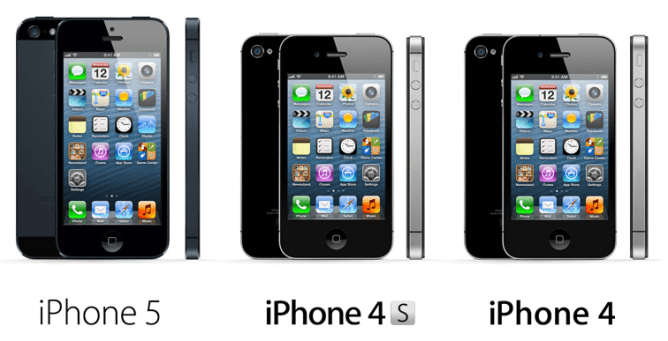Low-Cost iPhone Rumors Get a Little More Solid
Apple’s low-cost iPhone of legend has taken another step closer to reality with some fresh reports from KGI Securities analyst Ming-Chi Kuo. Before you raise an eyebrow at the mention of an "analyst," let us reassure you that Kuo has a remarkable track record of accuracy when it comes to Apple-related predictions.
A Glimpse into the Past
To give you an idea of Kuo’s credibility, consider this: he correctly predicted the iPhone 4S release timeline and changes, the launch of the original white iPhone 4, and the iPad 2. That’s not all – Kuo has also discussed Apple’s 2013 roadmap in the past, and his latest report is designed to shed more light on what we can expect from the company.
A 4-Inch Screen and New Materials
According to Kuo, the low-cost iPhone will sport a 4-inch screen similar to the one found on the iPhone 5. This design choice might seem like a throwback, but it’s an intentional move aimed at keeping costs down while still delivering a high-quality user experience.
In addition to the smaller display, Kuo mentions that Apple is experimenting with new materials for the phone’s casing. Specifically, he talks about a "super-thin plastic casing mixed with glass fiber." This hybrid material is designed to increase the case’s overall durability while reducing weight and making the device thinner.
Color Options and Manufacturing
Kuo also hints at multiple color options being available for the low-cost iPhone, echoing the recent updates made to the iPod touch lineup. It’s worth noting that these details aim to counter previous reports from Digitimes, which claimed a larger 5-inch display on the budget iPhone, along with manufacturing shifting to suppliers other than Foxconn.
The Business Case
So why is Apple investing in a low-cost iPhone? According to analysts, offering a cheaper option could add an impressive $11 billion to Apple’s annual revenue. Moreover, it would help the company gain additional market share in regions where Android dominates – think pre-paid customers in markets like India, where subsidies aren’t always an option.
The Shift towards Low-Cost Devices
In the past, Apple has preferred offering last year’s model as a cheaper alternative to introducing a dedicated low-cost line. However, if it does decide to take this route, the benefits could be substantial. By dramatically decreasing physical material costs – which are relatively stable compared to processor and flash memory components – Apple can make significant changes in how it sells its products in prepaid and emerging markets.
What’s at Stake
With explosive growth on the horizon, Apple needs a strategy that can kickstart this growth. Offering low-cost devices could be just what the company needs to break into new markets and increase its market share.
A New Era for Low-Cost iPhones?
The reports from Kuo and others paint a picture of a low-cost iPhone with a smaller screen, new materials, and multiple color options. It’s an intriguing prospect that could have far-reaching consequences for Apple’s business strategy and the way it operates in emerging markets.
As we delve deeper into this topic, let’s examine some key points:
- Design choices: By sticking with a 4-inch screen, Apple is prioritizing cost savings without sacrificing user experience. This approach might seem conservative, but it’s a deliberate decision aimed at making the device more accessible to budget-conscious consumers.
- Materials innovation: The introduction of new materials like glass fiber-infused plastic casings could revolutionize phone design. These hybrid materials offer improved durability while reducing weight and thickness – a winning combination for Apple’s low-cost iPhone.
- Market implications: With a lower price point, the low-cost iPhone has the potential to expand Apple’s market share in emerging regions. It could also encourage pre-paid customers in markets like India to switch from Android to iOS.
Conclusion
While we still have more questions than answers, one thing is clear: Apple is committed to making its products more accessible and affordable for a broader audience. The low-cost iPhone of legend might finally become a reality, thanks to Kuo’s insights and Apple’s willingness to innovate.



